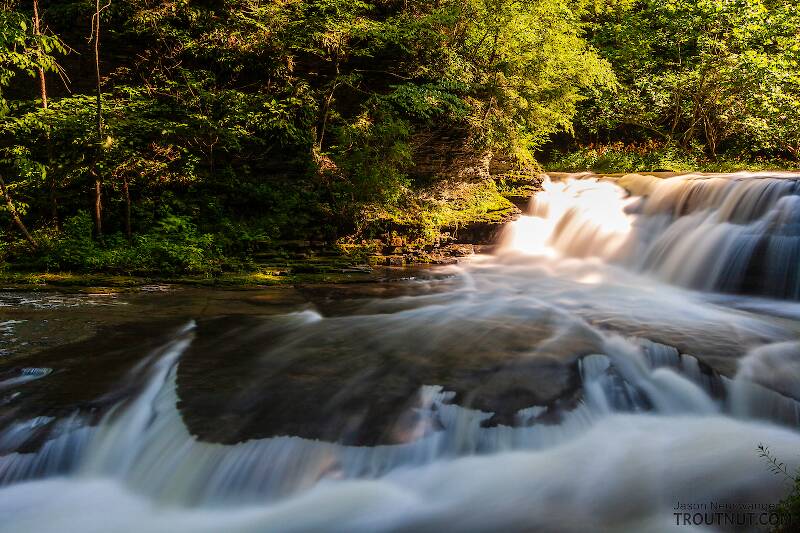
Blue-winged Olives
Baetis
Tiny Baetis mayflies are perhaps the most commonly encountered and imitated by anglers on all American trout streams due to their great abundance, widespread distribution, and trout-friendly emergence habits.
Featured on the forum

This species was fairly abundant in a February sample of the upper Yakima.

Troutnut is a project started in 2003 by salmonid ecologist Jason "Troutnut" Neuswanger to help anglers and
fly tyers unabashedly embrace the entomological side of the sport. Learn more about Troutnut or
support the project for an enhanced experience here.
Landscape & scenery photos from the Foss River


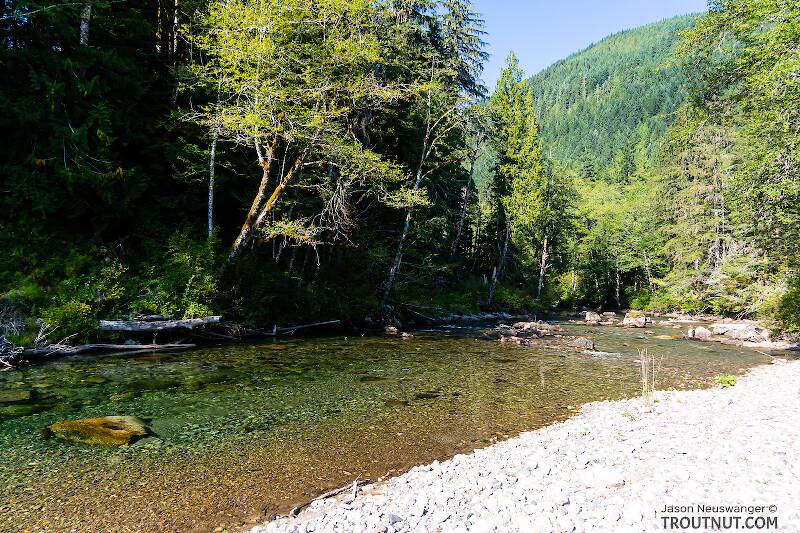
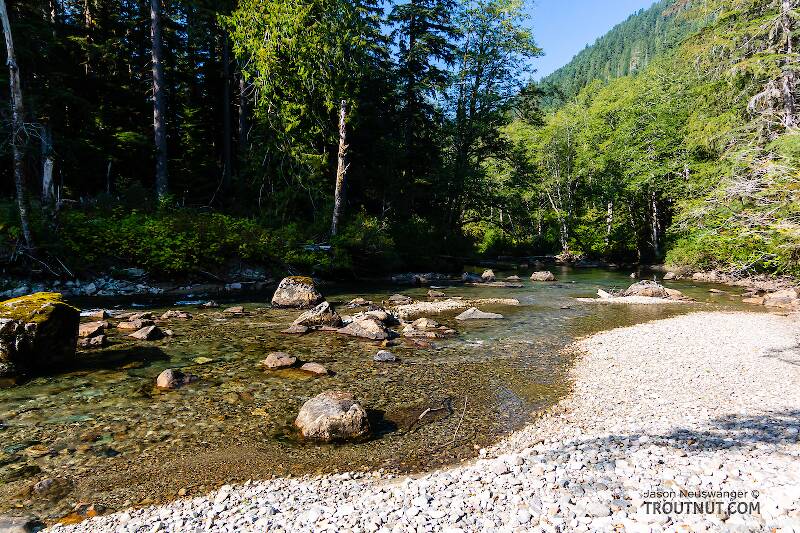
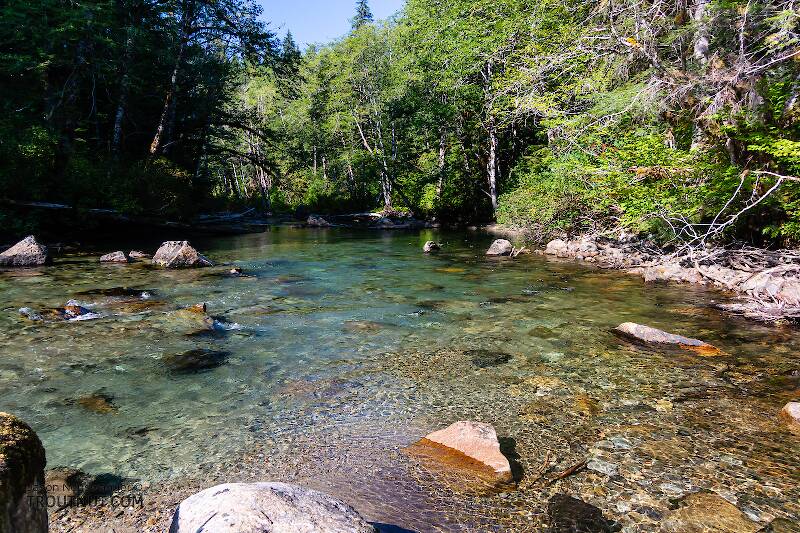
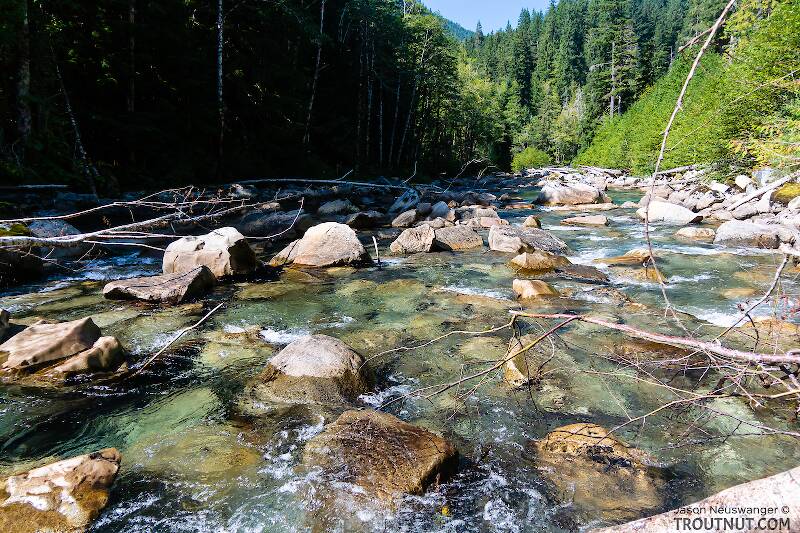
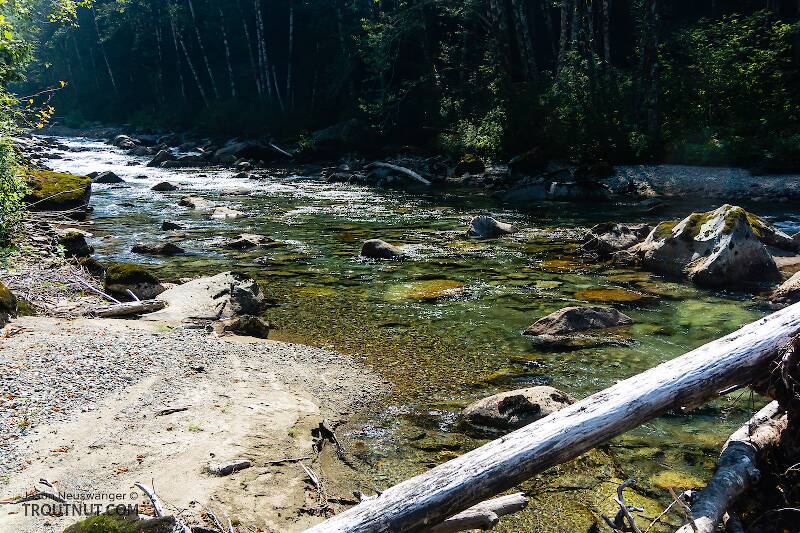
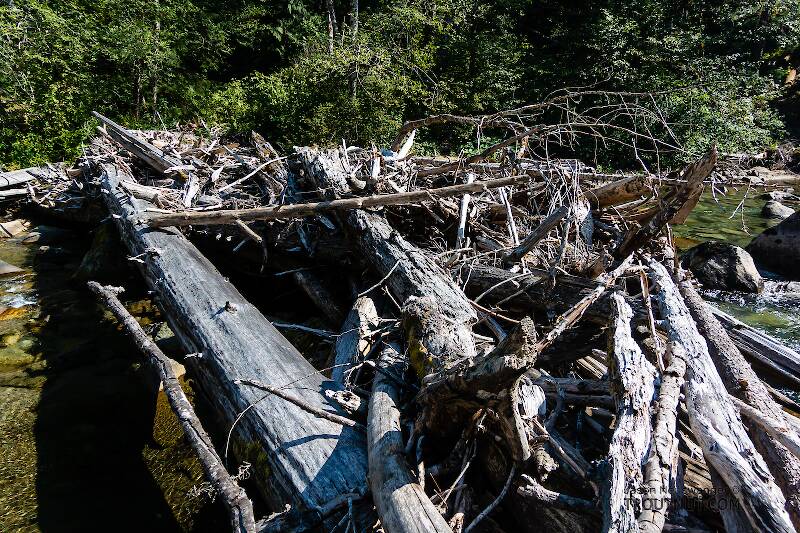
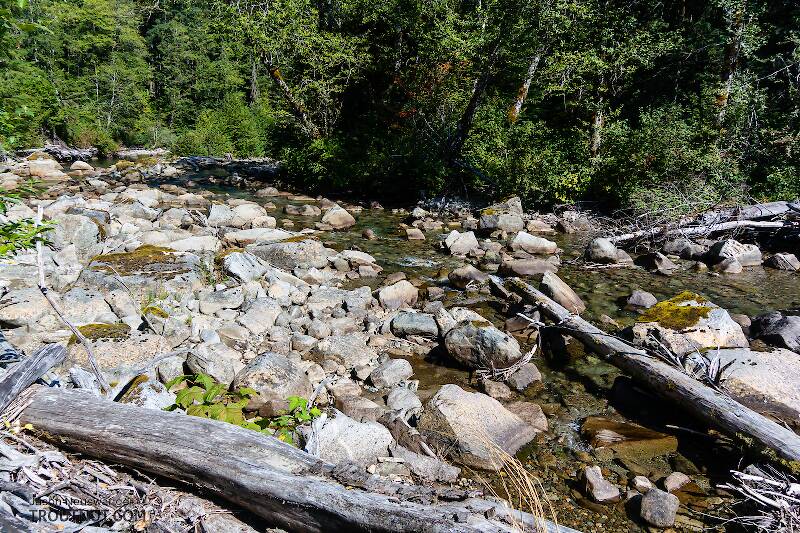
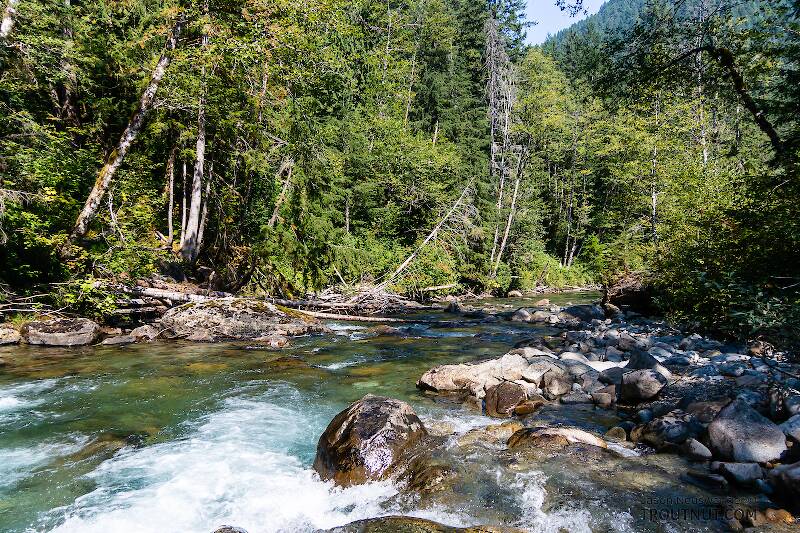
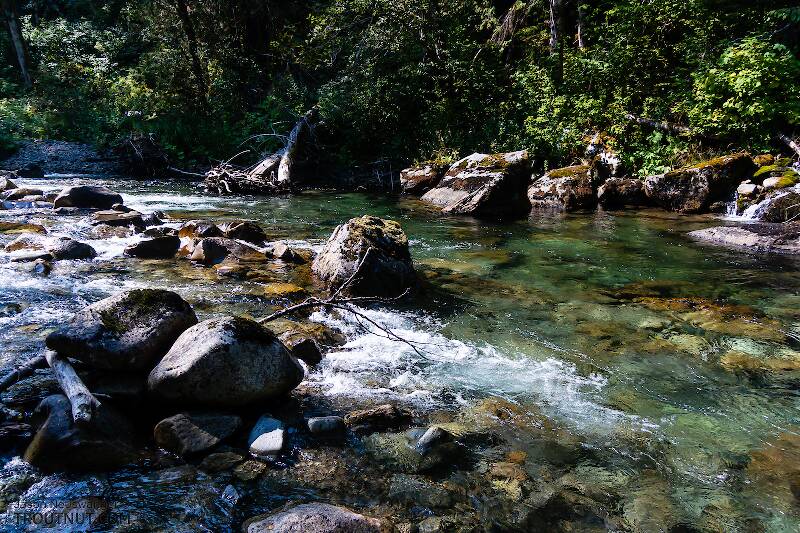
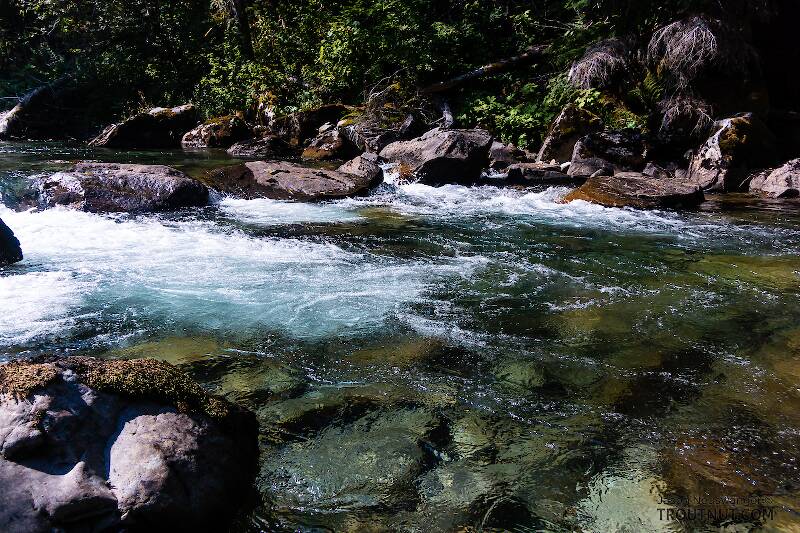
Closeup insects by Troutnut from the Foss River in Washington
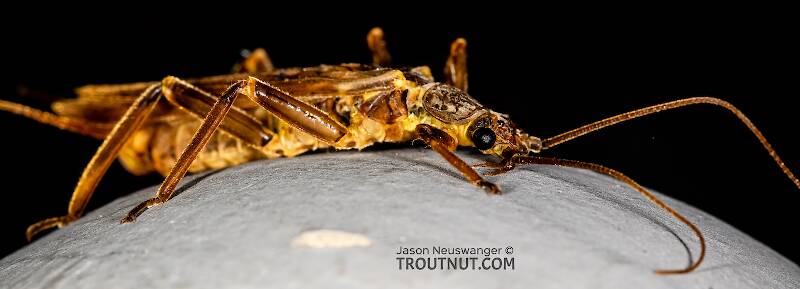
I found this stonefly on some streamside vegetation. I didn't see any in the air in several hours of fishing.
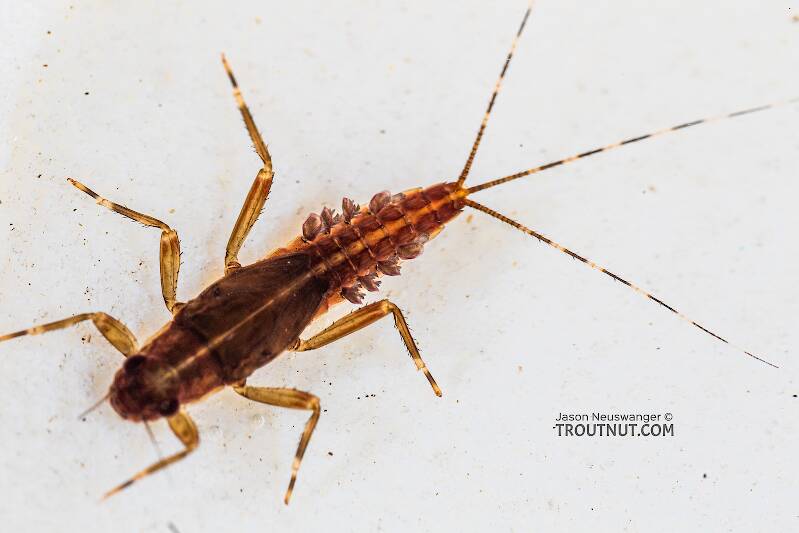
This is a puzzling one to identify and I'm not sure about the species. The maxillary palp is present and segmented, and the maxillary canines are not strongly serrate laterally. I think it's Ephemerella, not Serratella. The ventral lamellae of the gills on abdominal segment 6 have a clear median notch with a depth at least half the length of the lamellae, which points toward a couple of uncommon species (most likely Ephemerella alleni), but the abdominal tubercles and coloration don't fit that species. To add to the confusion, none of the above species are expected to emerge in the fall, as far as I know. I'm going to call this one Ephemerella aurivillii for now, but that's highly uncertain.

